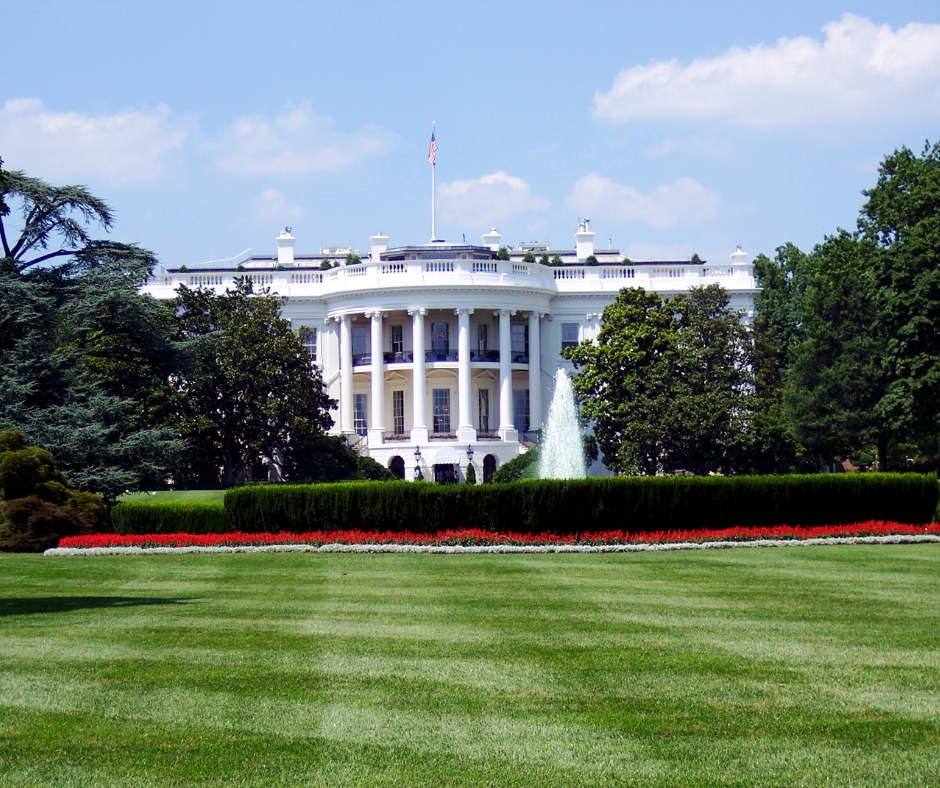On January 14, President Biden’s transition team unveiled the administration’s first COVID-19 relief plan—the American Rescue Plan. The $1.9 trillion plan would roll out in two steps: rescue and recovery.
The President’s plan is broadly aimed at shoring up the economy, but the proposal does address workforce issues of particular interest to nurses and other frontline health care workers, as well as teachers. President Biden is calling on Congress to provide $350 billion in emergency funding for state, local, and territorial governments to ensure their ability to keep front line public workers on the job. A key selling point for this aid is that it would bolster state capacity to effectively distribute COVID-19 vaccines, scale testing, reopen schools, and maintain other vital services.
In order to address health care coverage needs of patients, President Biden is calling on Congress to subsidize continuation health coverage (COBRA) through the end of September. The plan also directs Congress to expand and increase the value of the Premium Tax Credit to lower health insurance premiums and set a cap of no more than 8.5 percent of patient income for coverage.
Tragically, mental health issues and substance use disorders continue to be major consequences of the pandemic for many people, including frontline health care workers and first responders. President Biden has called on Congress to appropriate $4 billion to enable the Substance Abuse and Mental Health Services Administration and the Health Resources and Services Administration to expand access to services for more Americans. ANA supports these broader mental health investments, as well as targeted efforts to address nurses’ mental health.
Acknowledging the economic hardships brought on by the pandemic, the plan includes $1,400 in additional direct aid for those with incomes below $75,000 and $400/week in enhanced unemployment insurance payments. The plan also includes funds for state work-sharing programs and would continue the moratorium on evictions through September 2021 for those struggling to pay their rent or mortgage. The plan would allocate $5 billion for combatting homelessness, provide a 15 percent increase in Supplemental Nutrition Assistance Program benefits, and a $3 billion increase in Special Supplemental Nutrition Program for Women, Infants, and Children. The plan also proposes to raise the federal hourly minimum wage to $15 per hour.
In addition to including benefits for the unemployed and underemployed, the proposed plan would provide hazard pay—going forward and retroactively—to essential workers who have taken on extra risk during the pandemic by working on the front lines. ANA supports recognition of frontline health care workers and continues to advocate for hazard pay for the nurses integral to combatting the COVID-19 pandemic. Additional support for families includes $25 billion for child care centers, expansion of child care tax credits and the Earned Income Tax Credit, and $1 billion in cash assistance for Temporary Assistance for Needy Families programs.
Last, President Biden is calling on Congress to allocate $3 billion for the Economic Development Administration (EDA). Grants from EDA provide resources directly to state and local government entities, tribal institutions, institutions of higher education, and non-profit organizations to fund initiatives that support localized economic development. This funding—double the amount provided by the CARES Act last year—would support the broad range of financial needs in communities across the country as they continue to respond to and recover from the COVID-19 pandemic.
As Congress and the administration work to see the policies contained in the American Rescue Plan signed into law, ANA continues to work with lawmakers to address the needs of nurses and patients in more targeted ways. ANA’s legislative agenda calls for specific steps to address nurses’ mental health needs, provide hazard pay, institute a moratorium on nurses having to use paid time off when they contract COVID-19, and investing the public health infrastructure and workforce.

